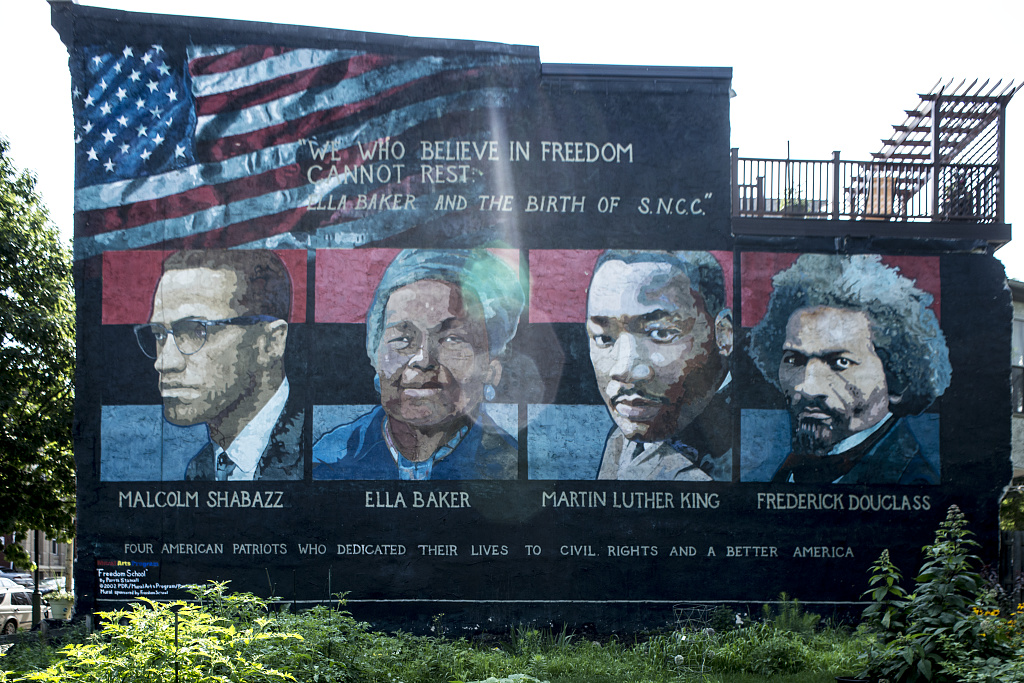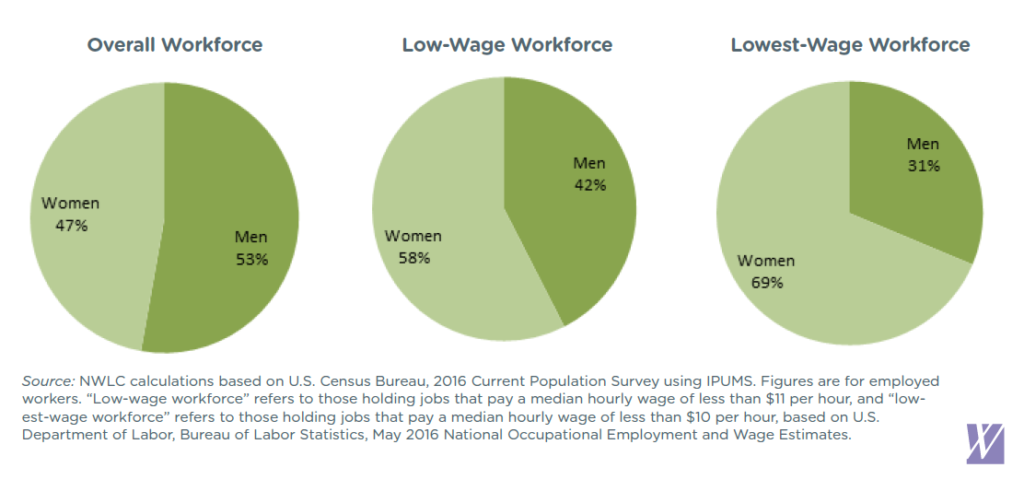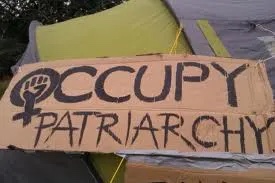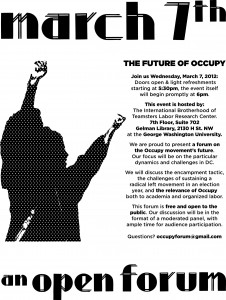
Five Haikus for Malcolm X
Let’s talk down to earth
No celestial problems
Ballots or bullets.
Not scared of bullets
More frightened of the ballot
But no new gun laws
New Legislation
Forty-seven angry states
To limit the vote.
American fear
Shaped like a citizen’s hand
Holding a ballot
Tell the whole story
No Malcolm X no Martin
The yin and the yang
(By Heidi Lindemann and Michael Perry)
(Photo Credit: Library of Congress / Parris Stancell / Camilo J. Vergara)



